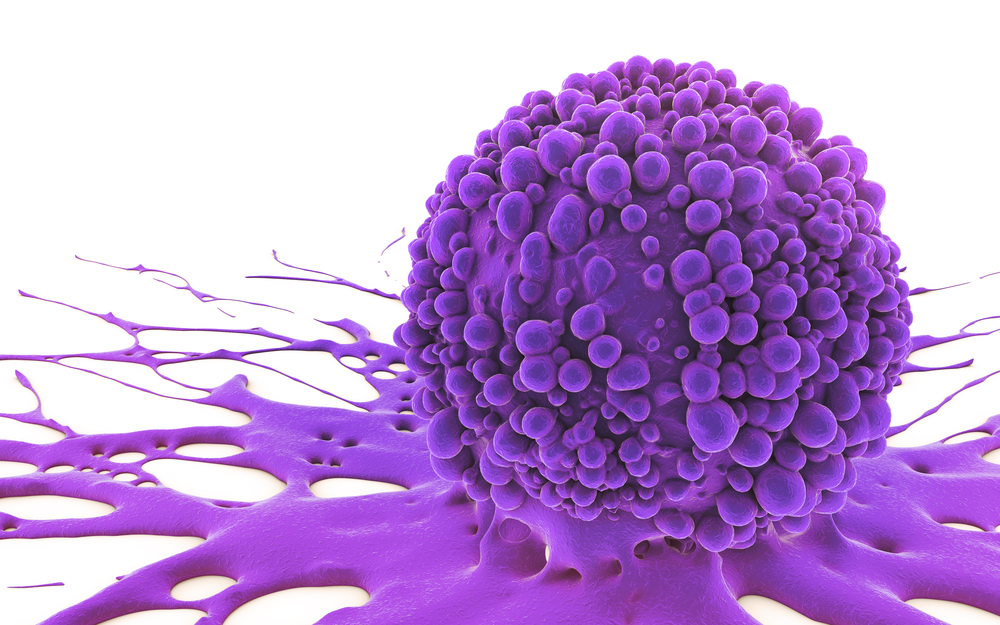‘Super Assassin’ of Cancer Cells Found in Huntington’s Disease Gene, Researchers Say
Written by |

Scientists recently uncovered the reason why patients with Huntington’s disease have up to 80 percent less cancer than the general population, a discovery they now hope will lead to a new approach for cancer treatment.
Their research found that the mutated huntingtin (HTT) gene in Huntington’s patients generates a class of small molecules that are highly toxic to cancer cells but not healthy cells.
“This molecule is a super assassin against all tumor cells,” senior author Marcus Peter, PhD, the Tom D. Spies Professor of Cancer Metabolism at Northwestern University Feinberg School of Medicine, said in a press release. “We’ve never seen anything this powerful.”
Findings were published in the study, “Small interfering RNAs based on huntingtin trinucleotide repeats are highly toxic to cancer cells,” in the journal EMBO Reports.
The HTT gene is present in every cell of our body, but in patients with Huntington’s disease, the gene carries a mutation that leads to an abnormal number of a three-nucleotide (the DNA building blocks) sequence, CAG. Healthy people have between 10 to 35 CAG repeats in their HTT genes, but in those with Huntington’s disease, the CAG repeats vary from 36 to more than 120. This leads to the formation of an abnormal huntingtin protein responsible for disease symptoms.
Recent evidence has shown that the CAG trinucleotide repeat expansion also affects cells by inducing the formation of RNA molecules, called small interfering RNAs (siRNAs). These molecules attack the genes essential for cells’ survival, and while nerve cells are vulnerable to this form of cell death, cancer cells appear to be much more susceptible.
To test siRNAs killing potential against cancer cells, researchers used nanoparticles to deliver one of these molecules into mice models of human ovarian cancer. Nanoparticles were injected five times a week for two weeks, with half of the animals receiving treatment for an additional week.
Treatment significantly reduced tumor growth overall, even in large tumors — which are normally more resistant to treatment — proving their susceptibility to these siRNA molecules.
Researchers also observed that the nanoparticles delayed tumor growth without inducing toxic side effects in the mice and that tumors cells did not become resistant to the treatment over time.
The treatment also effectively killed cell lines for ovarian, breast, prostate, liver, brain, lung, skin, and colon cancer of mouse and human origin in a culture dish.
Huntington’s patients are probably exposed to these trinucleotide repeat siRNAs early in their lives; however, disease symptoms only develop when patients reach about 40 years old, suggesting these molecules could become a potentially effective anti-cancer therapy without the risk of a patient developing Huntington’s symptoms.
“We believe a short-term treatment cancer therapy for a few weeks might be possible, where we could treat a patient to kill the cancer cells without causing the neurological issues that Huntington’s patients suffer from,” Peter said.





